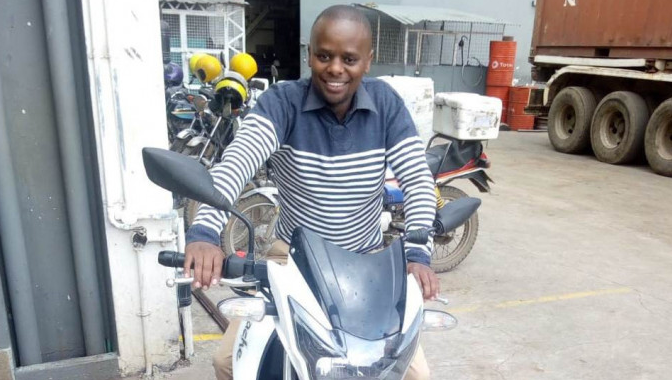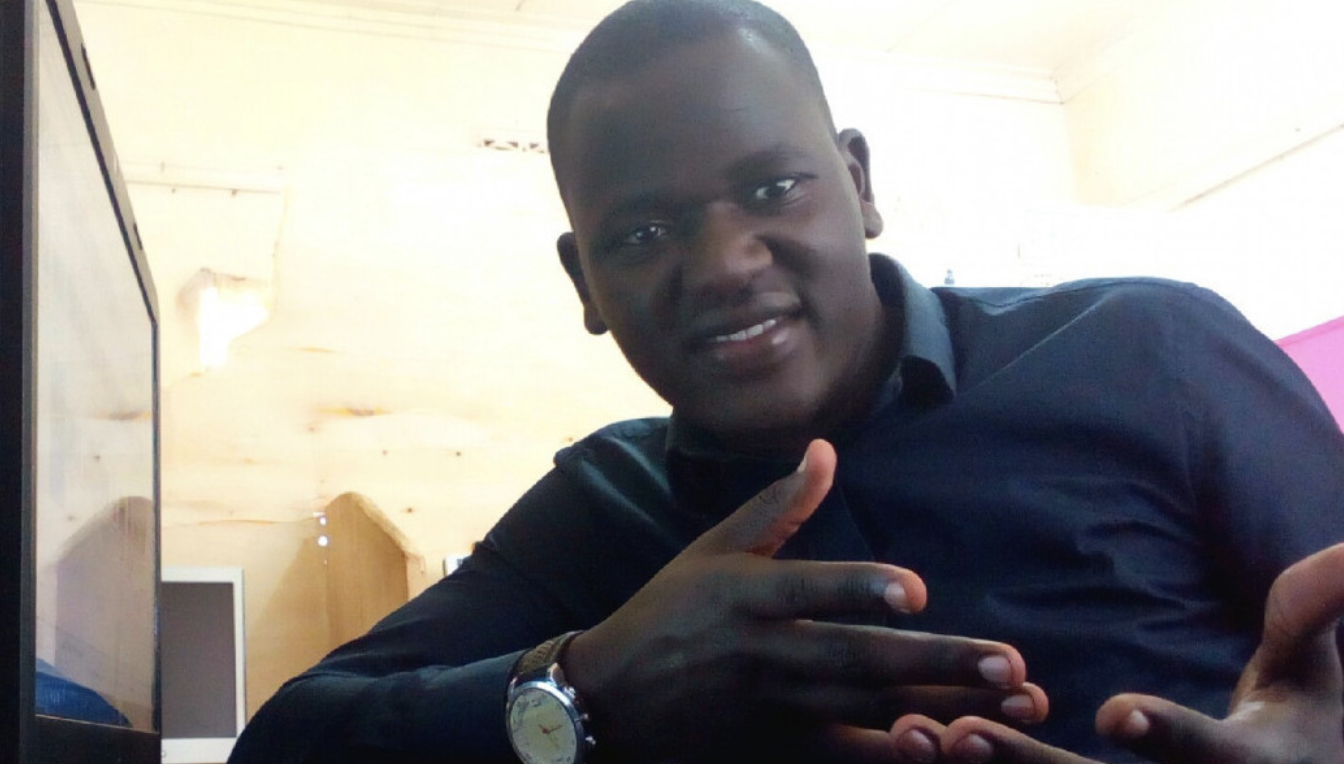Check out this great update from Vivien:
Hello Lenders,
My name is Vivien Barbier and I’m a client relationship interns for Zidisha in Kenya. Today, I visited Mr David Kiburi in Ongata Rongai and I had the privilege to get inside his car.
When his shoe shop had to be closed three years ago because a brand new shopping mal was about to be constructed at the same place, David had to adapt and find a new way to sustain his family. He sold all his inventory took a bank loan and bought a car to become a taxi driver. During the first two years of his taxi driver life, he kept the car and the loans that came with it. The business was working well at the time but it was difficult to reimburse the loan and to pay the interests while making enough profit. David decided then to sell the car, reimburse his debt and buy a second-hand car using his savings. The car was not in a very good state and needed some improvements. David explained me that in the taxi business, it is very important to have a nice car. Customer always prefers to have a clean and confortable taxi, so David’s taxi business was not working so well at that time. David used Zidisha’s loan to perform these improvements; he painted the car in blue and installed brand new dampers. When I was visiting David, he was in a garage putting the final touch at the car.
Even if these improvements are really recent, less than 3 weeks, the results can already be seen. Daily revenue went from around 1500 KES (18$) to around 2000 KES (24$).
During the week, David works between 7am to 6pm but during the weekend, since many people uses taxis to go out and to come back at night, David works during the night. When he is not driving the car, he has an employee who drives it for him. Then they split the revenue in 3 equal parts: one for the driver, one for David and one in a fund reserved to pay for the maintenance of the car.
David is a family man and is very proud of his family; he has two children who are 4 and 12 years old. He is sending them to private school because the quality is better than in public school. He explained me that in public school there are 50 children per teacher while in private school there is 1 teacher for 15 children. It cost him 42 000 shillings (535$) per years to send his two kids to private school but he wants his children to have a good start in life.
Vivien BARBIER
1st August 2012
Nairobi, Kenya




